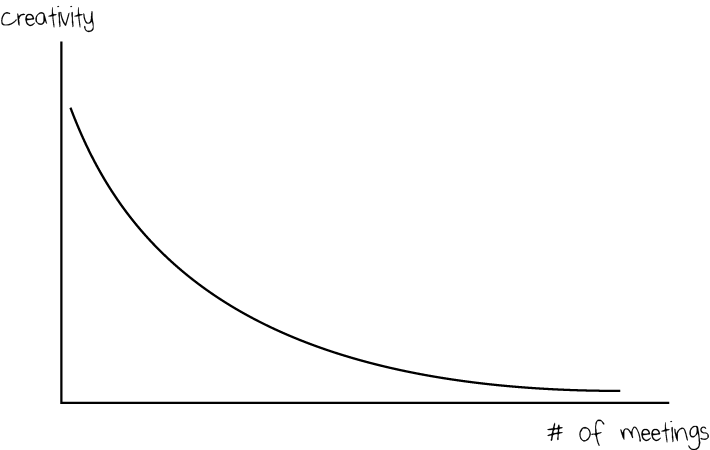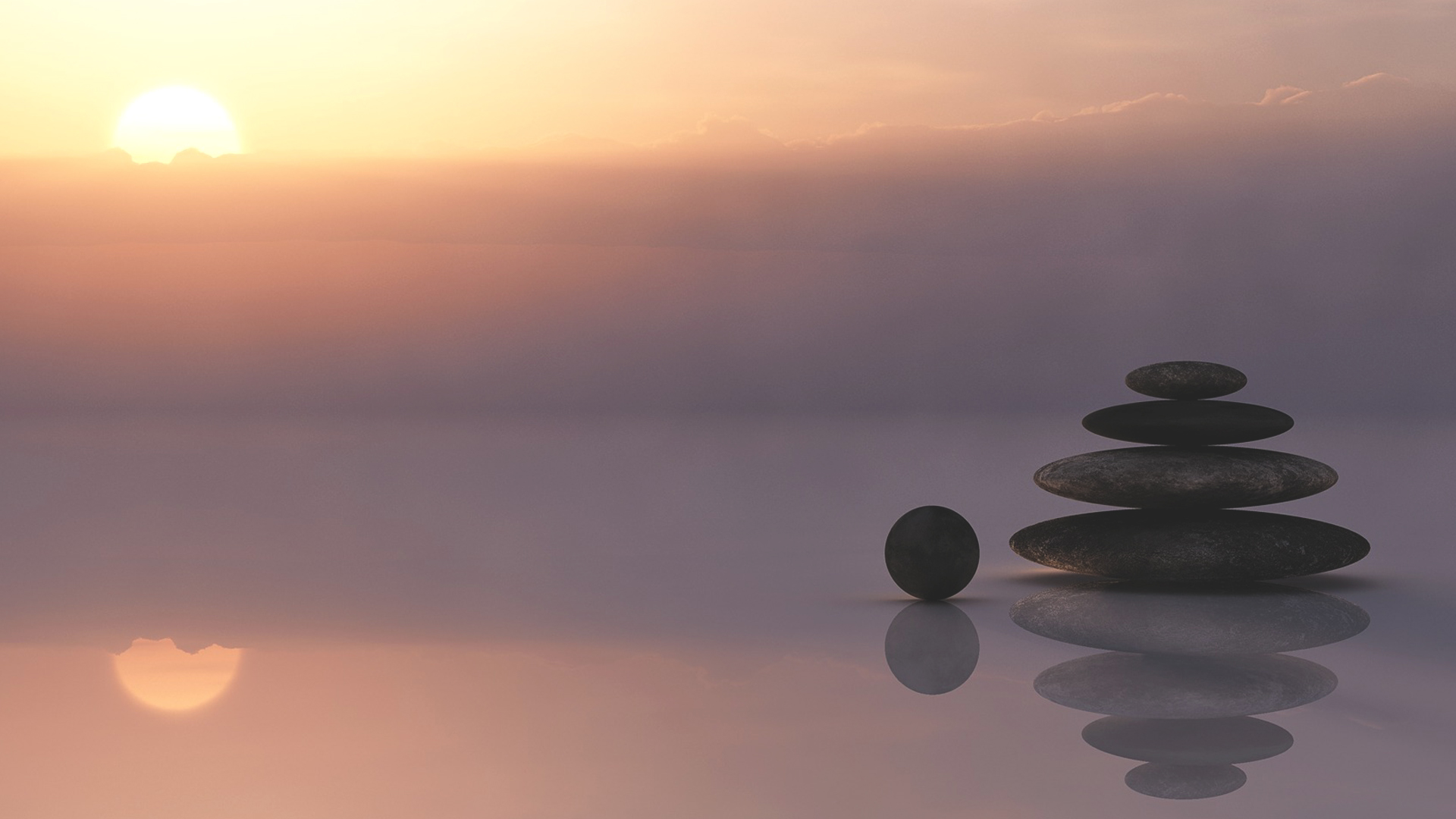
3 Ways to Hack Your Environment to Help You Create
By Liz Fosslien and Mollie West
This is the second article in Quiet Revolution’s two-part series on seeking creativity. Check out last week’s piece to learn about different techniques that make your mind more likely to generate creative thoughts.
Much of our creativity is tied up in our intrinsic natures as introverts or extroverts, and the ways we interact with our environment is uniquely dependent upon our temperaments.
According to The Atlantic, the great film director Ingmar Bergman spent the last 25 years of his life living on a small island in Sweden to eliminate chaos from his life. There, “…he would plan his films, write the scripts, [and] make the screenboards… He limited his activities: Besides working and thinking, he might go for a stroll. … In the late afternoon or evening, he would have visitors over to go and look at a movie in his cinema. And that was his routine, every day. He didn’t try to do more.”

Bergman wrote in a journal every day, and one day he wrote, “Here, in my solitude, I have the feeling that I contain too much humanity.”
Dorthe Nors reflected that “it is the job of the artist to sit with our feelings, to be receptive to them, to examine them, turn them into narrative or paint or film.” The act of creation is often synonymous with making opportunities for solitude, generating this overwhelming sense of humanity, and pouring it out on the page or the canvas.
The act of creation can be difficult. It requires good routines, inspiration, and surroundings. It’s especially important for introverts to pay attention to their environments and carefully cultivate creative spaces.
We’ve rounded up three of the best strategies for blocking out external demands and distractions to create time for inner stimulation.
1. Twyla Tharp’s bubble
In her book The Creative Habit, the world-renowned choreographer Twyla Tharp writes that the ideal creative state—she calls “The Bubble”—is constructed and controlled. It’s “one where creativity becomes a self-perpetuating habit.”
Tharp details the ways many other creatives construct bubbles, including novelist Philip Roth, who “lives alone in the country and works seven days a week, waking early and walking to a two-room studio fifty yards from his house… Near his desk he keeps two small signs, one reading ‘Stay Put,’ the other ‘No Optional Striving.’ [These are] reminders to avoid the temptation of anything other than the five essentials: food, writing, exercise, sleep, and solitude.”

Creating a bubble for yourself doesn’t have to be as extreme as Tharp’s or Roth’s—a bubble can also be a state of mind. Take stock of what you could subtract from your life. How can you adopt a more monastic mental state? Even when you’re amid chaos or traveling, you can still create a bubble for yourself and your creative work.
Try this theory in your life: How can you pare your life down to the minimum number of moving parts? What isn’t adding to your creativity? What can you say no to?
2. IDEO and Intel’s restorative time
IDEO designers frequently work on 10-12-week projects requiring intense teamwork. After a project wraps, the team is often wiped. But introverts can be especially burned out since they’ve most likely been working in a small project space with several other team members for weeks on end—not an optimal introvert environment.
But IDEO realizes that its success as a creative firm comes from its employees remaining inspired, so if the project calendar allows for it, designers are encouraged to take a few hours or a day off between projects. IDEOers use this time as a chance to rest. Once they’ve restored their energy, they use the time to get re-inspired.
Some IDEO teams actually build time for inspiration into their weekly work. One project team in New York used every Friday morning to get inspired together by taking trips to a museum or working outdoors.
Other offices structure this downtime into every working week. According to the New York Times, Intel “experimented in 2007 with conferring four uninterrupted hours of quiet time every Tuesday morning on 300 engineers and managers.” This pilot group loved it so much that the practice was extended to the rest of the company.

Jason Fried, co-founder and CEO of Basecamp (formerly known as 37Signals) is an introvert, and he’s structured his entire company around quiet time. In his book Rework, he urges creatives to remember that “every minute you avoid spending in a meeting is a minute you can get real work done instead.”
Try this theory in your life: Make a case at your office for days off after projects, quiet time, or no-meeting zones. Even if you can’t work remotely, you can build an argument for solitude at work.
3. Mihály Csíkszentmihályi’s theory on creativity and flow
It’s easy to forget that we have an innate capacity to know what being creative feels like. When we’re in an optimal state for creativity, we’re in a state of flow—we’re completely absorbed in an activity.
Positive psychologist Mihály Csíkszentmihályi describes flow as a state when “we feel totally involved, lost in a seemingly effortless performance. Paradoxically, we feel 100% perfectly alive when we are so committed to the task at hand that we lose track of time, of our interests—even our own existence.”

So, why is it so hard to remember that doing excellent, creative work should feel good? Perhaps because it is increasingly hard to find moments of flow within our modern work environments. Mihály Csíkszentmihályi writes, “Few things in life are as enjoyable as when we concentrate on a difficult task, using all our skills, knowing what has to be done.”
Studies show that for most of us, flow occurs more often when we are engaging in work activities, not in leisure activities. But how can we ensure that we actually have the capacity to enter flow at work?
First, Csíkszentmihályi says we need jobs that provide “clear goals, immediate feedback, and a level of challenges matching our skill.” We also need an environment that will allow us to become wholly engaged in activities. This means having a sense of control with few distractions. For us introverts, this means longer stretches of interrupted work time, a quiet environment, and a community around us we know and trust. The third key to finding flow is to work on something that you have intrinsic motivation for.
As Harvard Business Review reports, one CEO started using Csíkszentmihályi’s theories to help his employees find flow. His techniques included “allowing people to switch off email, fewer meetings, and focusing on smaller chunks of work.” This was particularly effective because the whole organization made the change.

Try this theory in your life: As you go through your day, notice the moments when you enter periods of flow. Identify what types of work and environments let this flow flourish. Try to maximize your time spent on these types of activities and in these environments.
As Kurt Vonnegut wrote,
“Many people need desperately to receive this message: I feel and think much as you do, care about many of the things you care about, although most people do not care about them. You are not alone.”
The product of solitude—namely the humanity that’s put on paper—can inspire, delight, and provide great comfort. And anyone who has created or been moved by art would agree that the challenge and pain of seeking solitude and translating to the page is well worth it.
Enjoy our stories on work, leadership, and temperament? Kate Earle of our Quiet Leadership Institute is hosting a webinar August 5, 2016 on Quiet Leadership: Tips for Empowering Yourself and Others. Please join us!









